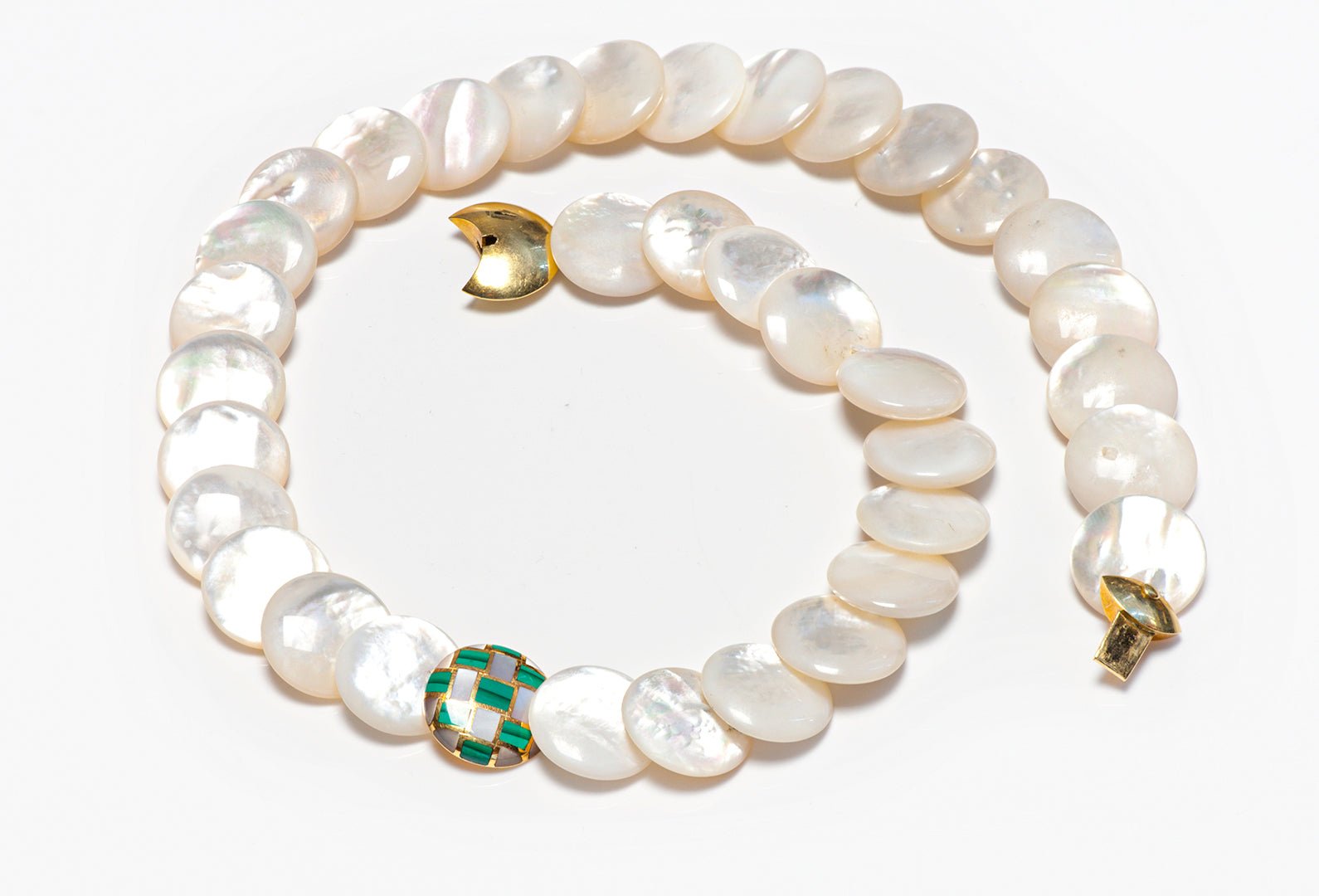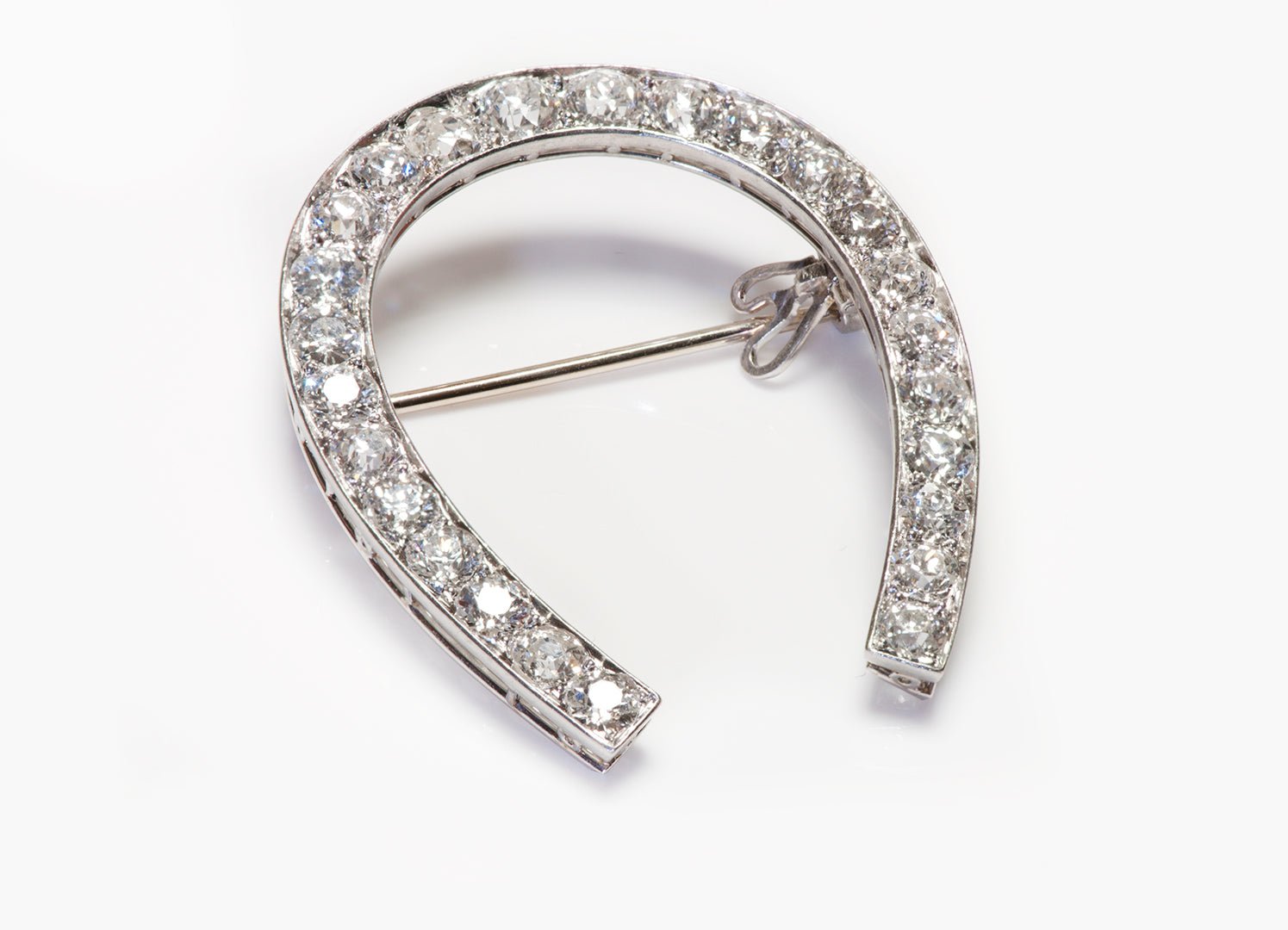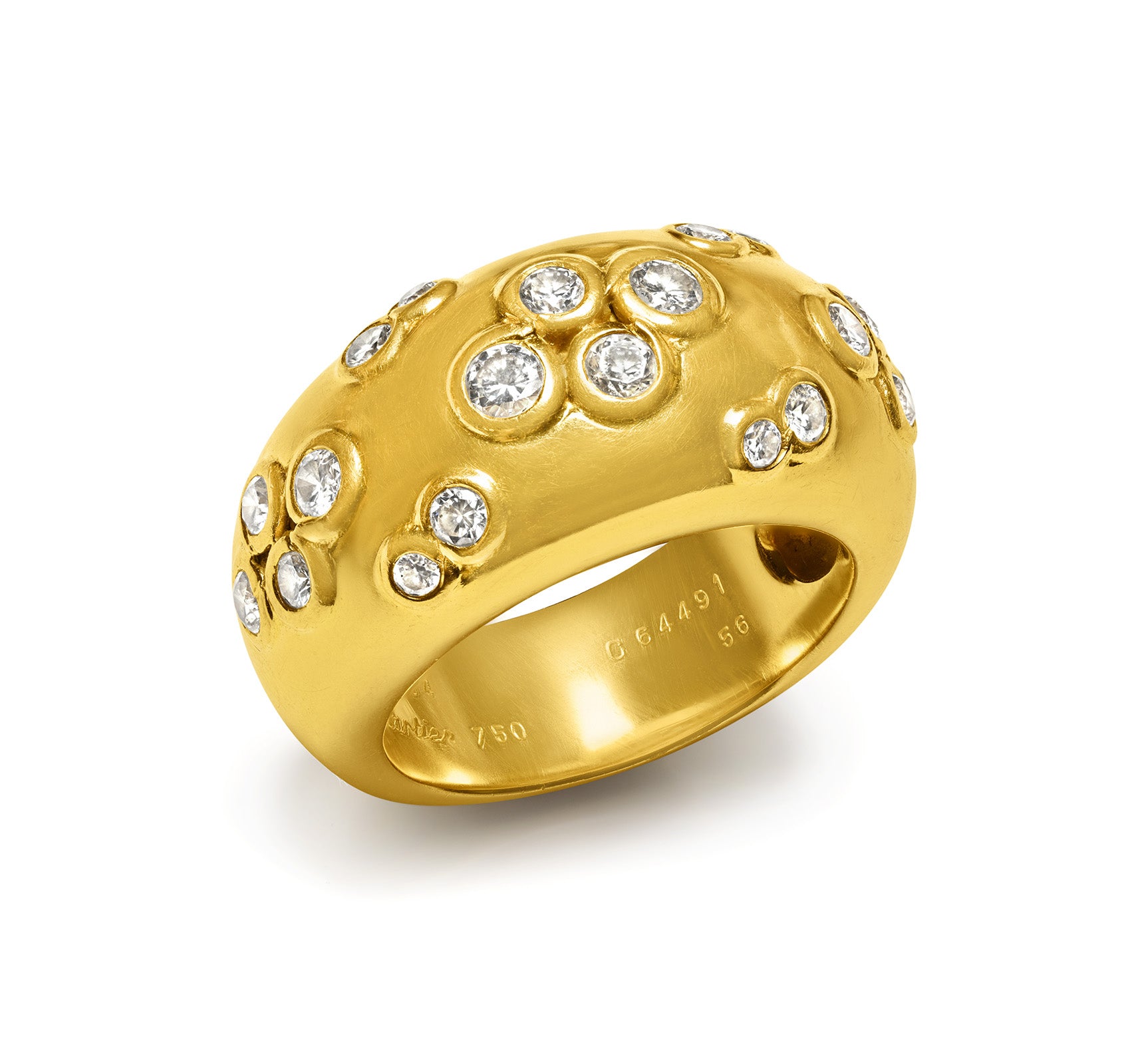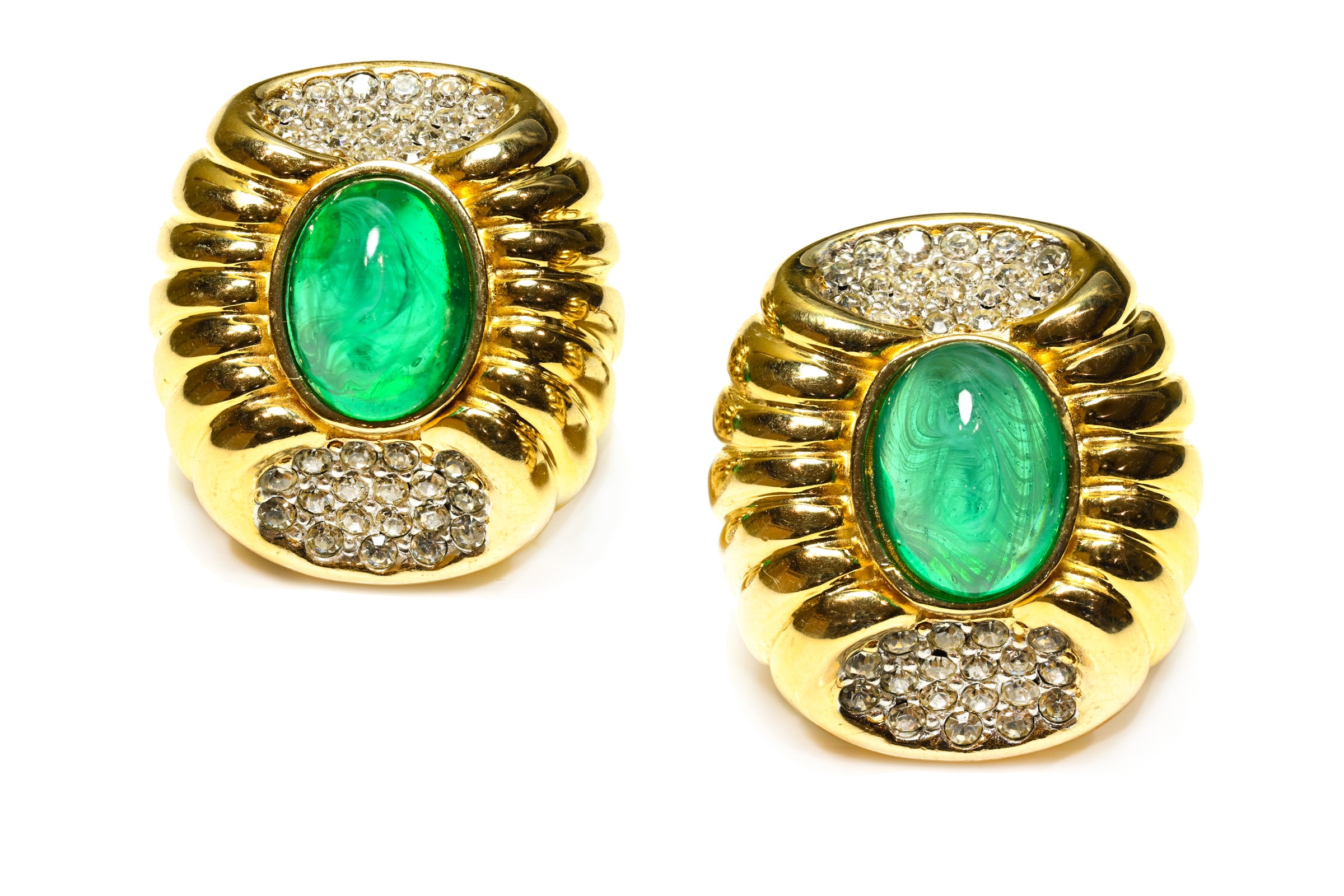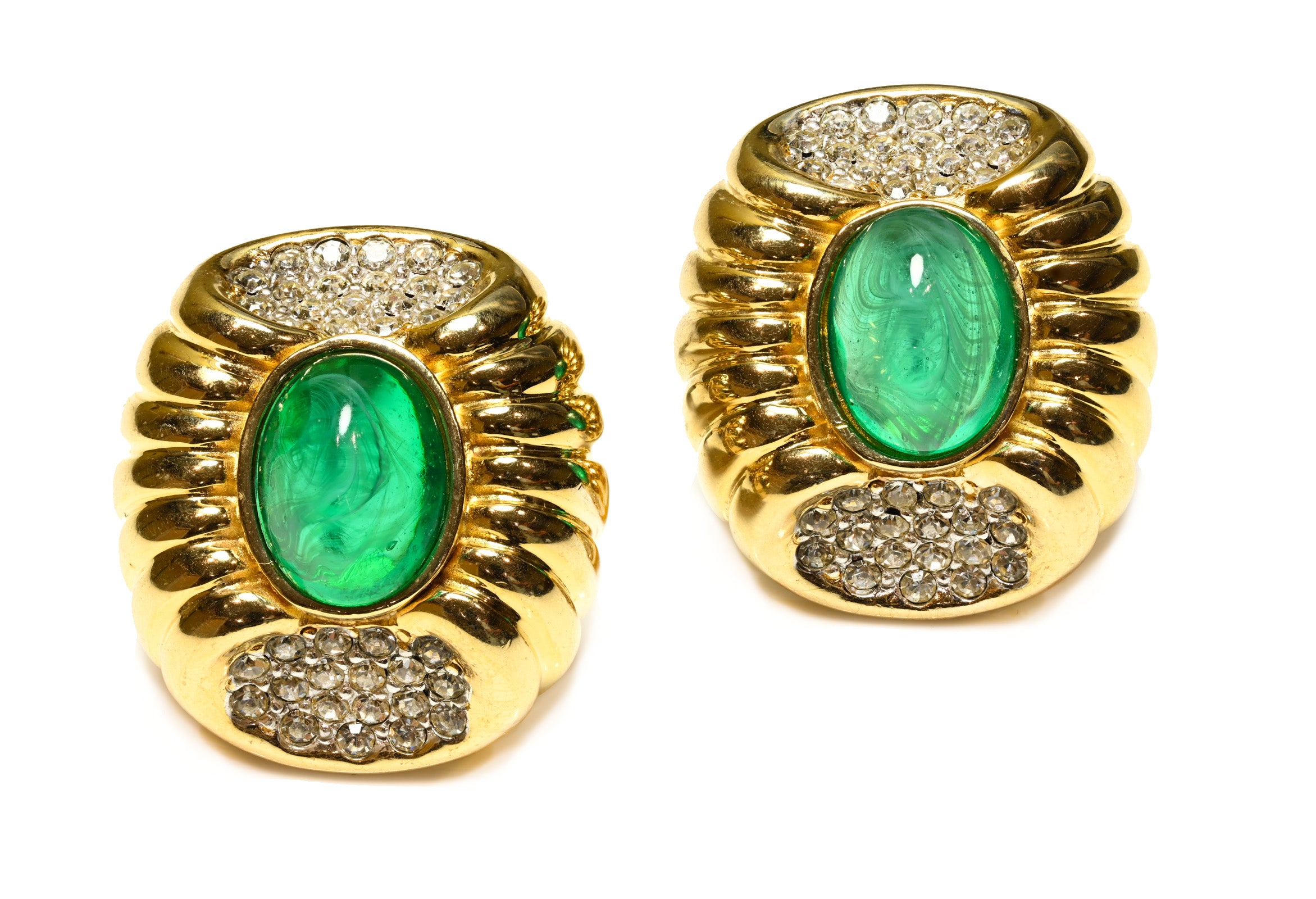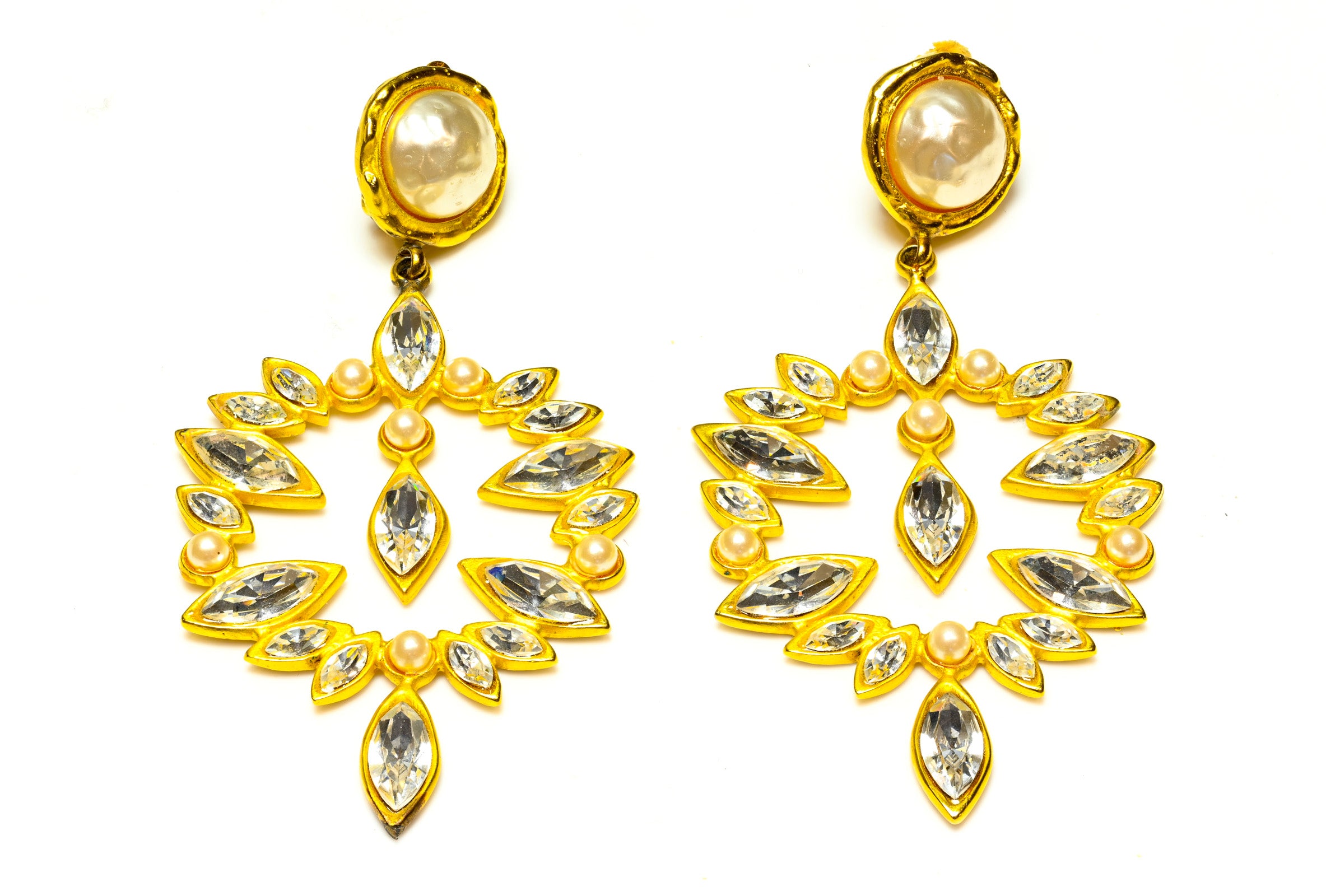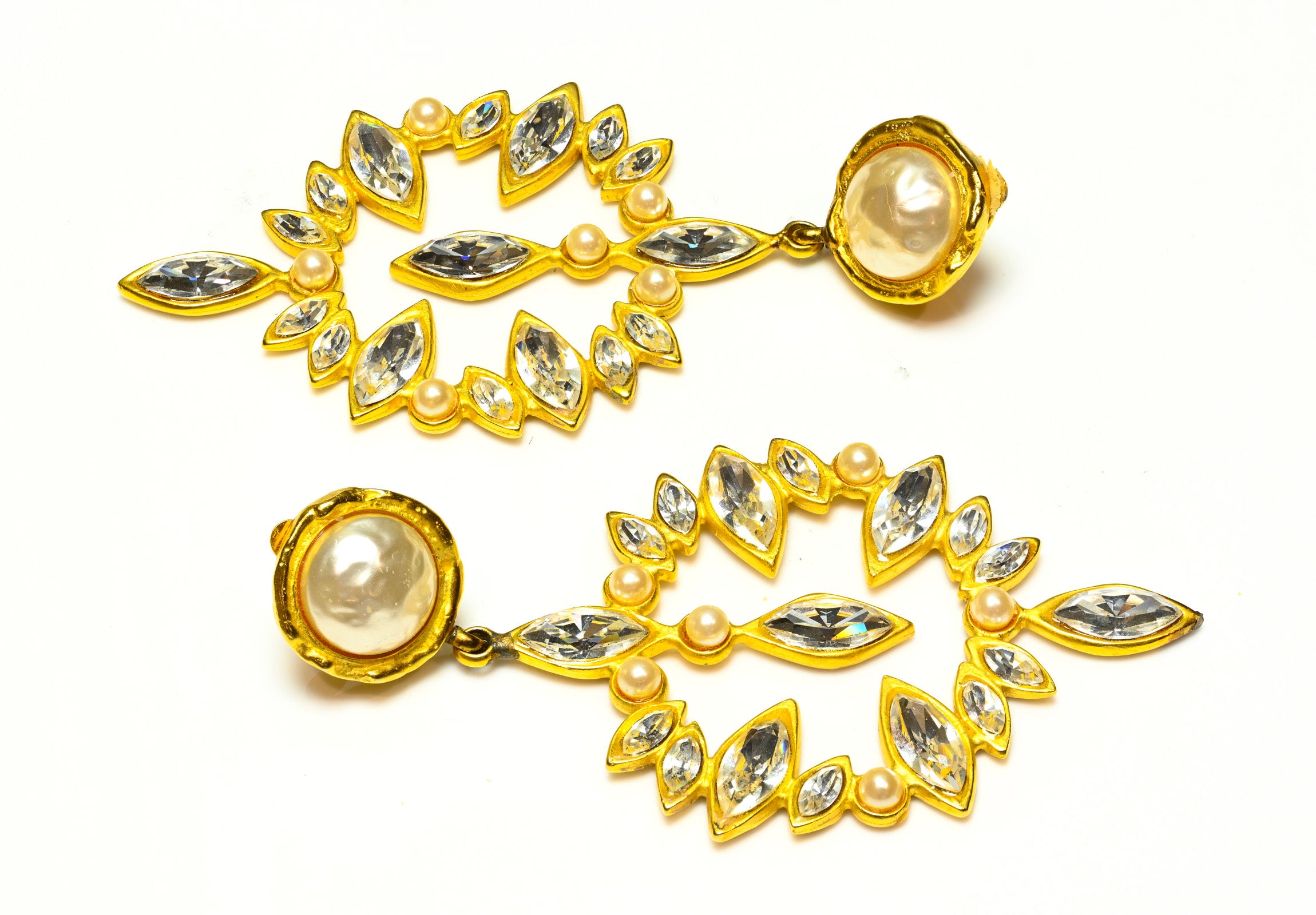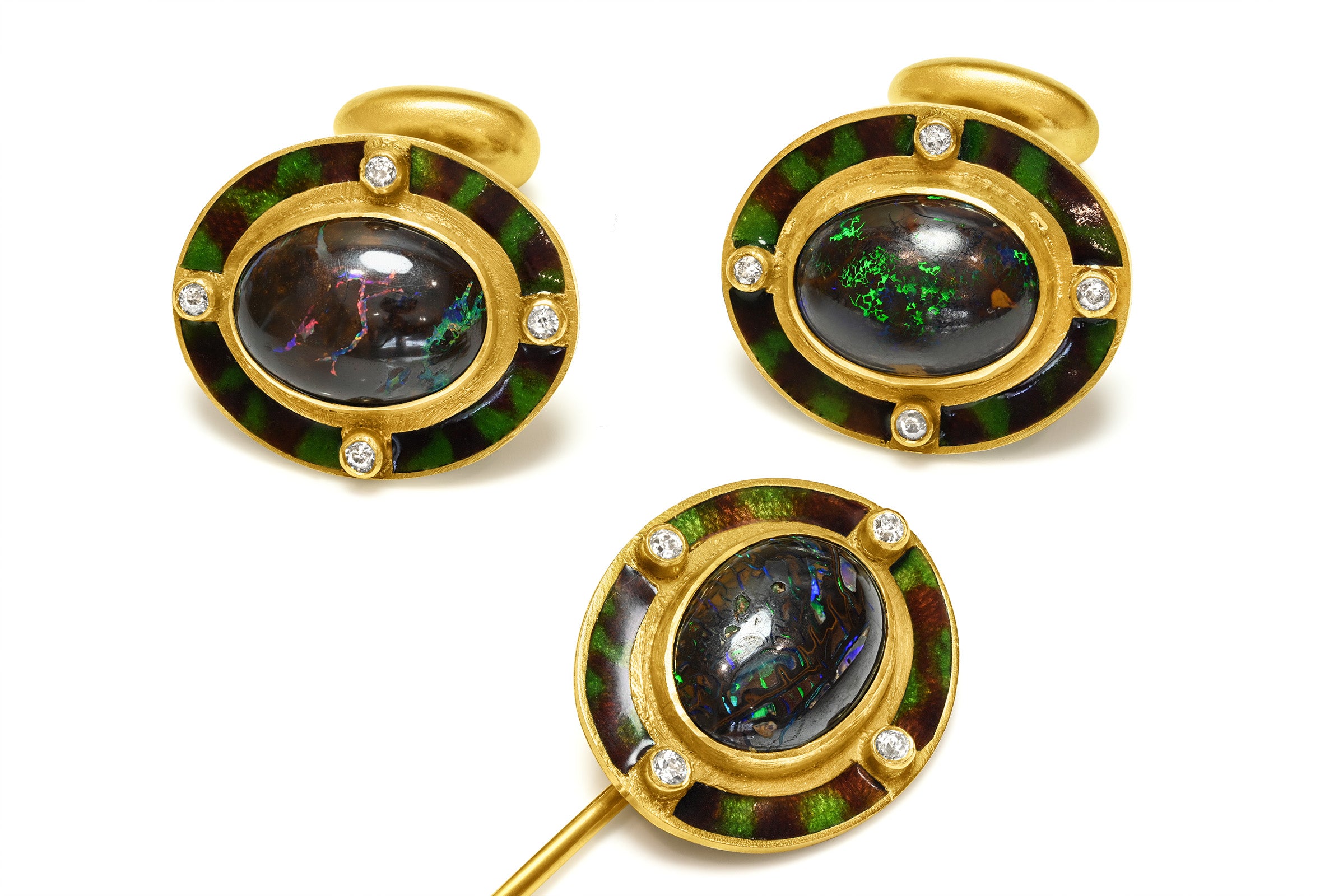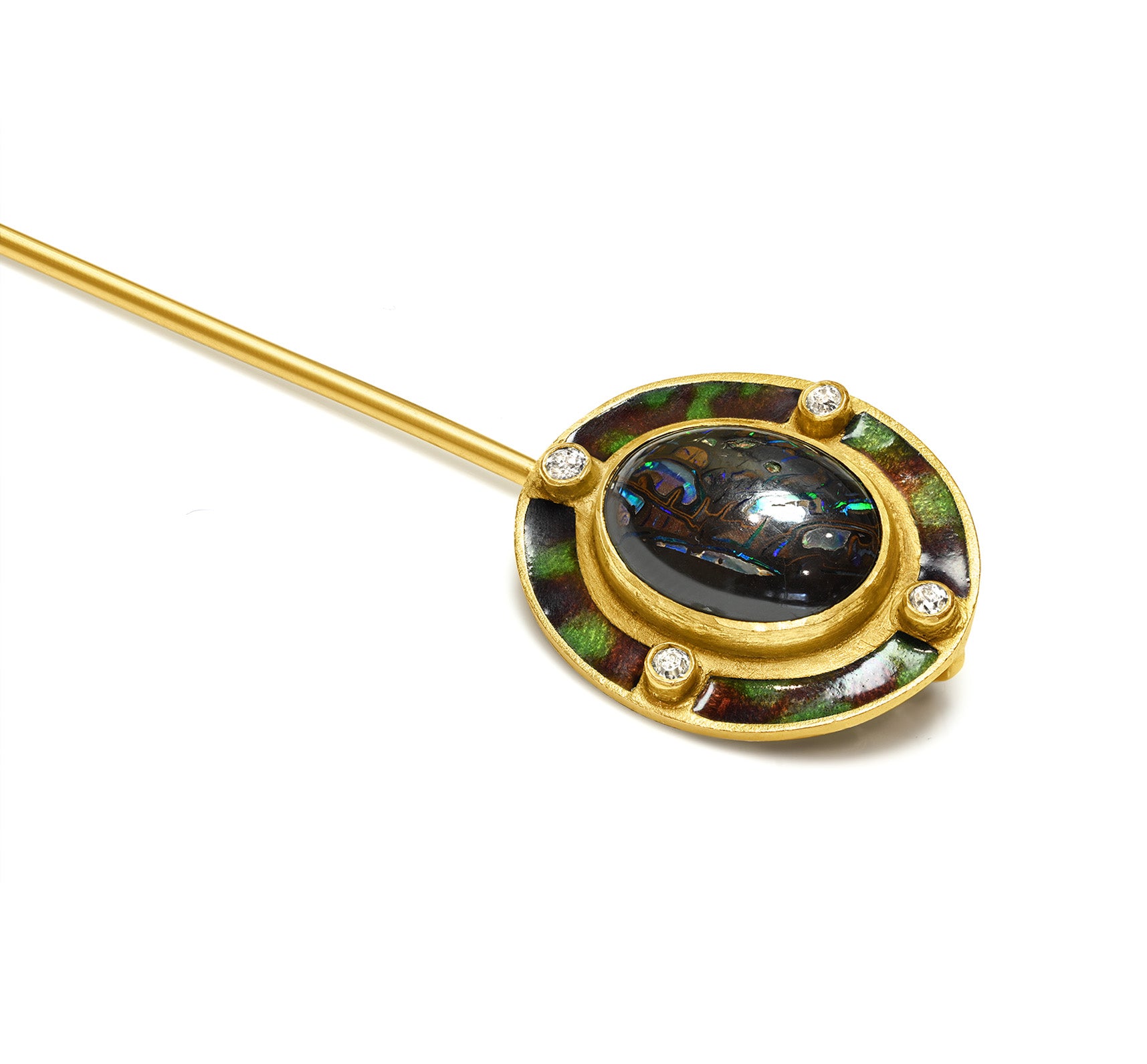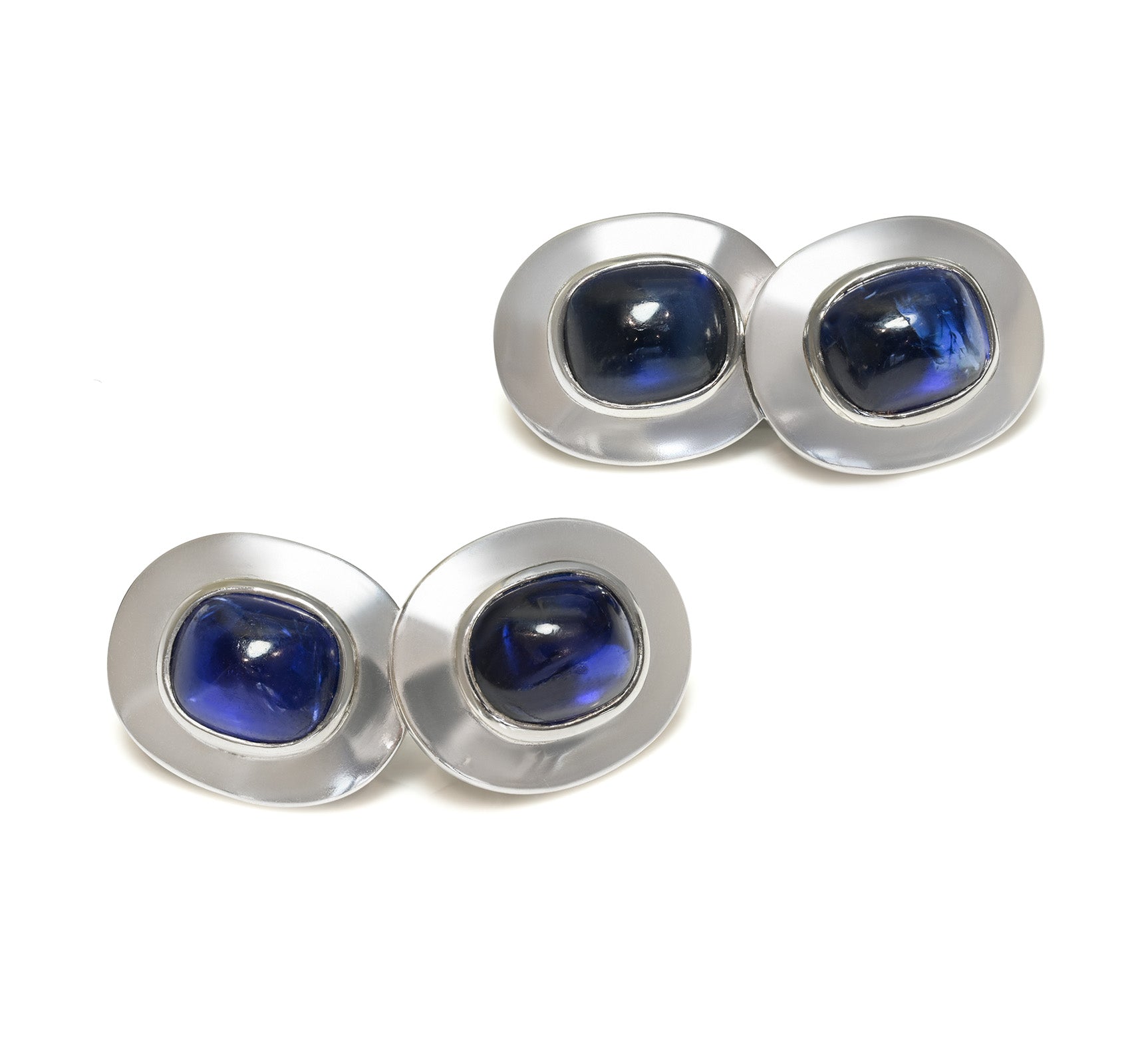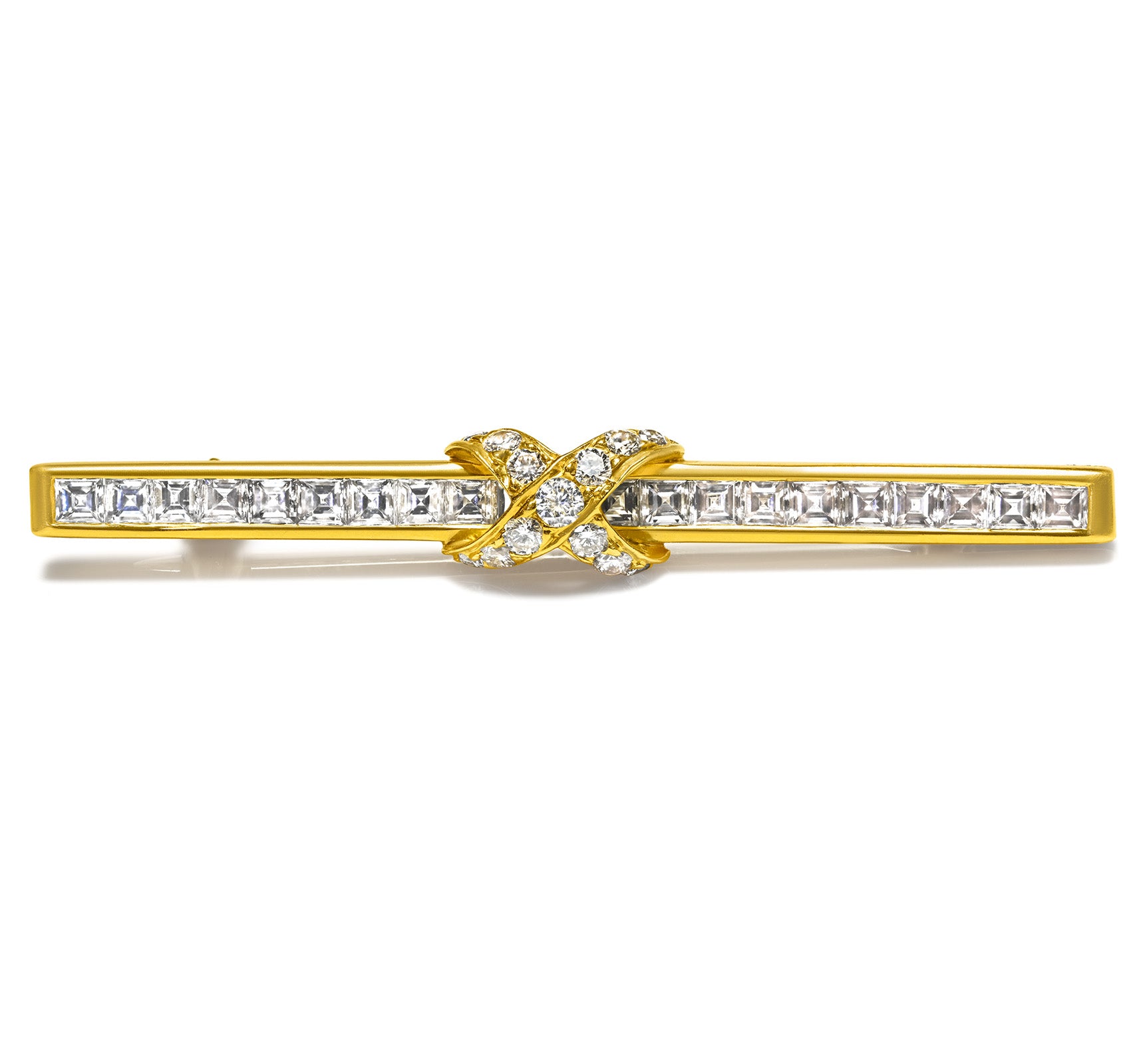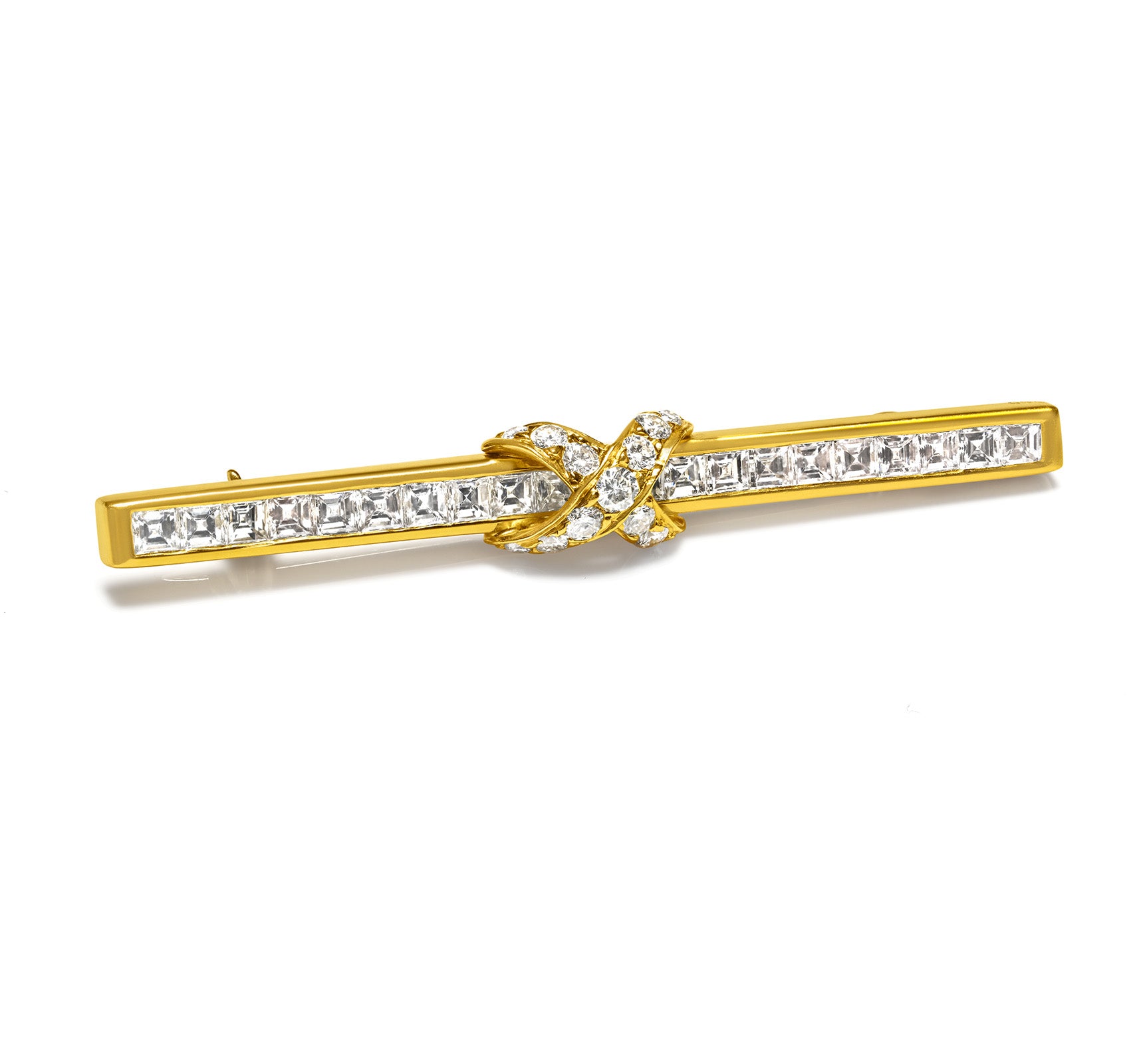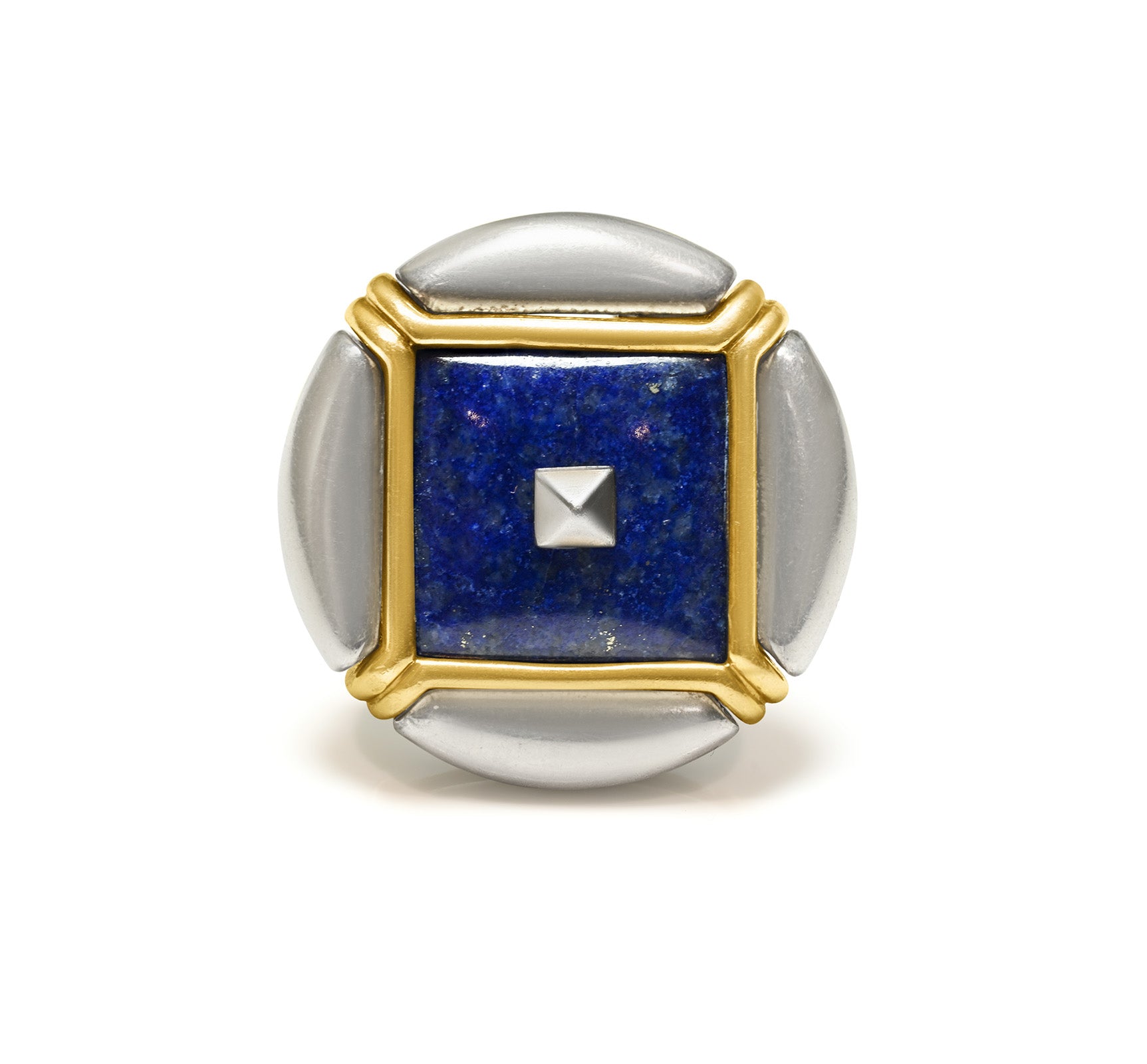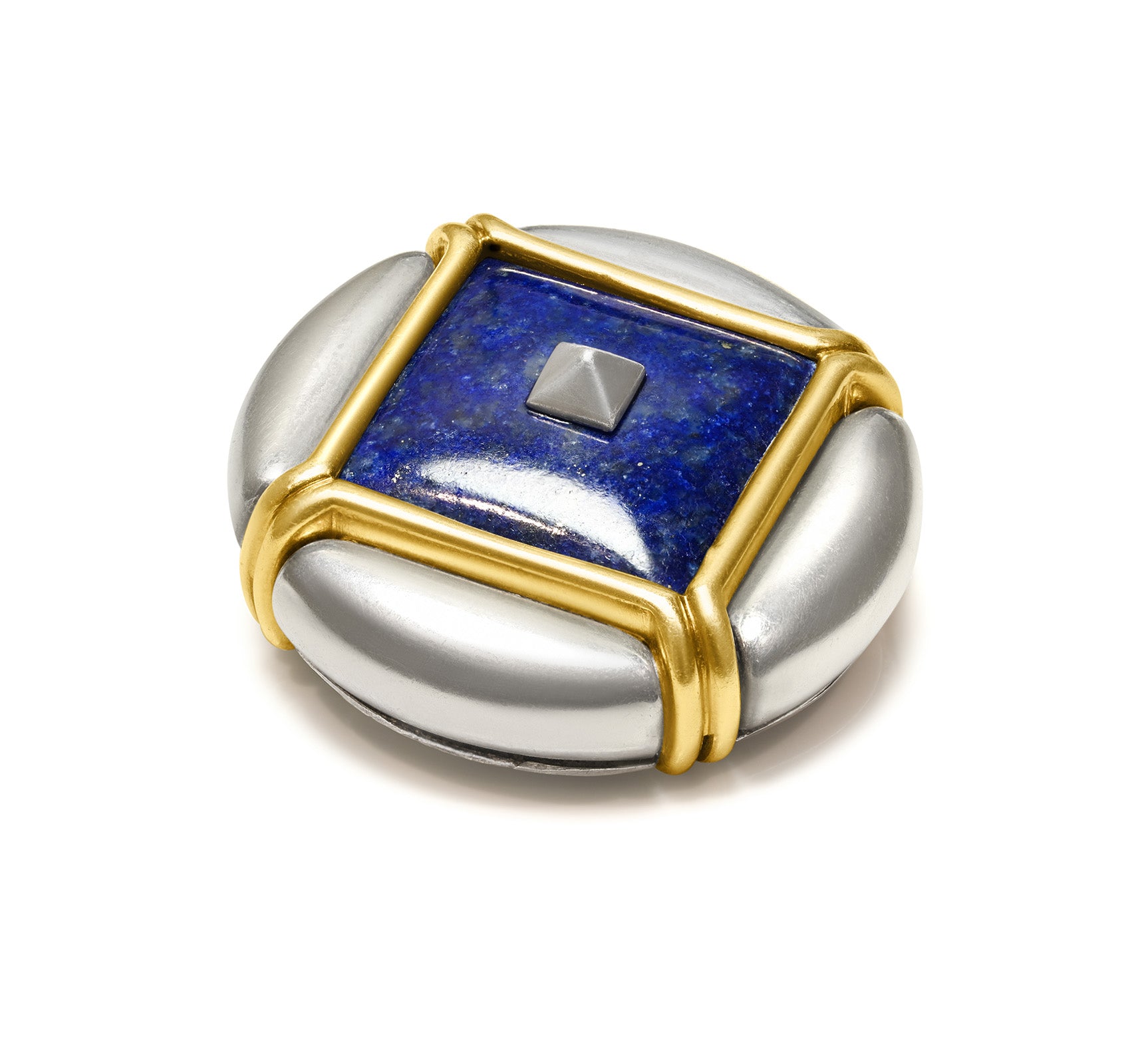Marie Antoinette Diamond Earrings: A Story That Will Never Fade Away
The Marie Antoinette Diamond Earrings are some of the world's most famous diamond earrings, steeped in mystery, history, and romance.
The lavish diamond earrings got their name from the rumored fact that King Louis XVI of France ordered them for his wife, Queen Marie Antoinette, who was executed by guillotine in 1793 during the French Revolution.
The set of diamond earrings that are always on exhibit at the Smithsonian National Museum of Natural History in Washington, D.C.
Marie Antoinette And Empress Eugenie
The exact circumstances behind Marie Antoinette's diamond earrings' removal from her hands may never be known, but it seems that the earrings have remained in the French Royal family.
The Marie Antoinette earrings are thought to have been given to Empress Eugenie by Napoleon III in 1853 as a wedding present. The earrings featured enormous pear-shaped diamonds.
Eugenie is depicted wearing oversized diamond earrings in original engravings from the February 1853 Illustrated London News wedding issue.
The French Crown Jewels were all sold in 1887, and after being banished to England, Empress Eugenie sold her jewelry in 1870–1872. Then, it appears likely that Grand Duchess Tatiana Yousupoff of Russia obtained them.
From Cartier To Post
Marjorie Merriweather Post bought the earliest known version of the beautiful earrings from Pierre C. Cartier in 1928.
The lavish diamond earrings got their name from the rumored fact that King Louis XVI of France ordered them for his wife, Queen Marie Antoinette, who was executed by guillotine in 1793 during the French Revolution.
The set of diamond earrings that are always on exhibit at the Smithsonian National Museum of Natural History in Washington, D.C.
Marie Antoinette And Empress Eugenie
The exact circumstances behind Marie Antoinette's diamond earrings' removal from her hands may never be known, but it seems that the earrings have remained in the French Royal family.
The Marie Antoinette earrings are thought to have been given to Empress Eugenie by Napoleon III in 1853 as a wedding present. The earrings featured enormous pear-shaped diamonds.
Eugenie is depicted wearing oversized diamond earrings in original engravings from the February 1853 Illustrated London News wedding issue.
The French Crown Jewels were all sold in 1887, and after being banished to England, Empress Eugenie sold her jewelry in 1870–1872. Then, it appears likely that Grand Duchess Tatiana Yousupoff of Russia obtained them.
From Cartier To Post
Marjorie Merriweather Post bought the earliest known version of the beautiful earrings from Pierre C. Cartier in 1928.
At that time, they consisted of two pear-shaped diamond drops - 20.34 and 14.25 carats, respectively - that came from Brazil or India. Gold links were used to put the diamonds in silver settings.
Also, smaller mine-cut diamonds set within scrollwork adorned the links.
Subsequently, Post hired Cartier to set triangular diamonds in platinum links in place of the earrings' tips.
As a result, the earrings' original toppers have been lost. Both earrings' main stones are relatively rare colorless high-clarity type IIa diamonds.
Harry Winston
Post hired Harry Winston, Inc. in 1959 to replace the remaining gold and silver settings with platinum copies that were adorned with metal links and more tiny diamonds.
To include them in one of Ms. Post's necklaces, the central diamond drops were made detachable from their duplicate settings. They now surround a smaller 13.95-carat triangular diamond, according to Wikipedia.
The additional diamonds and links were taken out of the earrings when they were sold to the Smithsonian Institution, but the Cartier toppers and the new platinum settings are still there.
Although they are not on show with their counterparts, the original silver-and-gold settings are still intact.
The Yusupov Family
For several decades, the earrings have been on exhibit in the National Museum of Natural History of the Smithsonian Institution, housed in the Janet Annenberg Hooker Hall of Geology, Gems, and Minerals.
Together with their original settings, they were acquired from Eleanor Post Hutton in 1964. These belonged to Hutton's mother, Marjorie Merriweather Post. As mentioned above, Pierre C. Cartier sold the earrings to Post in 1928.
Cartier gave Post documentation from Russian Prince Felix Felixovich Yusupov, from whom he had purchased the earrings earlier that year.
Among these was an affidavit signed by Zinaida Yusupova, the prince's mother, certifying that the earrings had been in the family for more than a century, having been bought by her great-grandmother Princess Tatiana Yusupova, that their settings had never been changed, and that family records and portraits (which were destroyed during the Yusupova family's escape from the Russian Revolution) could be used to prove these facts.
The documents also stated that: "According to family tradition, they were one of the last presents of Louis XVI to his queen; she wore them constantly; they were found in her pocket after the arrest of the French royal family at Varennes".
Any definitive determination of the provenance of the earrings is precluded by the missing Yusupova family papers, which were never found after the Revolution.
Still, there is at least a history of the allegation being made across several generations that is attested.
Zinaida's mother, Princess Tatiana Alexandrovna Yusupova, was portrayed in a portrait by French artist Jean-Baptiste Marie Fouque in 1875. The subject is seen wearing the earrings, and the State Museum of the History of St. Petersburg has acknowledged that the earrings are authentic.
Zinaida Yusupova's grandmother, Zenaida Ivanovna Naryshkina, bequeathed her jewelry, which included the Polar Star Diamond and her "earrings, so-called pendants of Queen Marie Antoinette", to her granddaughter in her final will.
Smithsonian Institution’s investigation
In the decades following their acquisition, Smithsonian Institution researchers have conducted multiple inquiries into the earrings' purported provenance - that they previously belonged to Marie Antoinette - but their findings have been inconclusive.
Smithsonian Institution’s investigation
In the decades following their acquisition, Smithsonian Institution researchers have conducted multiple inquiries into the earrings' purported provenance - that they previously belonged to Marie Antoinette - but their findings have been inconclusive.
Marjorie Merriweather Post biographer Liana Paredes references Germain Bapst's Histoire des Joyaux de la Couronne de France, which quotes Marie Antoinette's lady's maid, Madame Campan:
"Mr. Boehmer, the court jeweler, had assembled six large diamonds on the order of Louis XV for [Madame] Du Barry but were not given before the king's death. So, Mr. Boehmer set two as earrings and offered them to the new queen. Marie Antoinette could not afford the four hundred thousand livres and turned them down. The king increased her allowance and she obtained them".
Paredes notes that Bapst's description of the earrings in this section refers to a different form of earring that doesn't go well with the Marie Antoinette Earrings.
Jeffrey Edward Post, the head of the Smithsonian, proposed a different explanation for the earrings by referencing Amélie Carette's 1889 memoirs, a close courtier of Empress Eugenie:
"The personal jewels of the Empress consisted of a casket of the greatest value. Among others, there were some magnificent earrings, shaped like large pears, in diamonds, which originally belonged to Queen Marie Antoinette, the Empress obtaining possession of them on her marriage, together with a necklace of most valuable pearls".
The Life Of Marie Antoinette
The Life Of Marie Antoinette
Before the French Revolution, Marie Antoinette Josèphe Jeanne, 2 November 1755 – 16 October 1793, was the last queen of France.
Marie Antoinette was the youngest daughter of Emperor Francis I and Empress Maria Theresa, and she was born an archduchess of Austria. At the age of fourteen, she married Louis-Auguste, the heir apparent to the French throne, and in May 1770 she was crowned dauphine of France. Her husband took the throne as Louis XVI on May 10, 1774, making her the new queen.
Marie Antoinette was the youngest daughter of Emperor Francis I and Empress Maria Theresa, and she was born an archduchess of Austria. At the age of fourteen, she married Louis-Auguste, the heir apparent to the French throne, and in May 1770 she was crowned dauphine of France. Her husband took the throne as Louis XVI on May 10, 1774, making her the new queen.
The French libelles accused Marie Antoinette of being wasteful, promiscuous, having illegitimate children, and having sympathy for France's enemies, particularly her home Austria, which made her increasingly unpopular among the populace during her reign as queen.
Also, Marie Antoinette was wrongfully accused in the Affair of the Diamond Necklace, and the accusations did more harm to her image.
Marie Antoinette was dubbed Madame Déficit during the French Revolution because of her extravagant spending and her resistance to the social and financial reforms that Jacques Necker and Anne Robert Jacques Turgot had suggested. This led to the nation's financial catastrophe.
After the government placed the royal family under house arrest at the Tuileries Palace in October 1789, a number of incidents were connected to Marie Antoinette during the Revolution.
For example, her participation in the War of the First Coalition and her attempt to flee to Varennes in June 1791 severely damaged her reputation among French people.
The royal family was compelled to seek sanctuary at the Assembly on August 10, 1792, following which they were placed under arrest at Temple Prison on August 13.
September 21, 1792, marked the end of the monarchy. On January 21, 1793, Louis XVI was executed by guillotine.
The Revolutionary Tribunal found Marie Antoinette guilty of high treason two days after the trial began on October 14, 1793. She was executed at the Place de la Révolution, also by guillotine.

